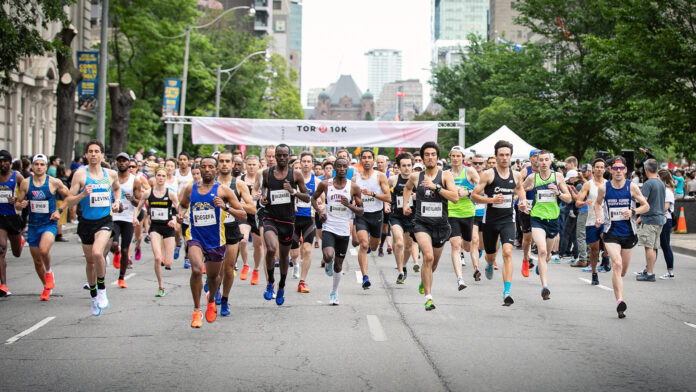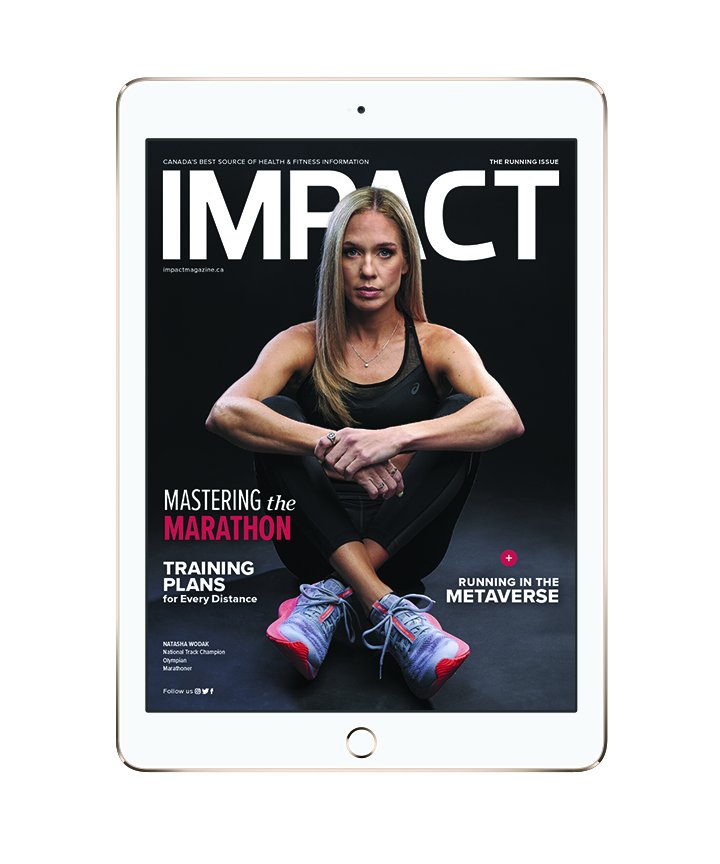
This simple training plan has you running four days a week with core and stretch sessions on rest days.
Find or create a routine that gives you about 10 minutes’ worth of exercises with each of the three core areas: abdominals, hips, and hamstrings respectively. For stretching focus on the areas, you use when running, starting from the ground up such as Achilles, calves, quadriceps, hip flexors, hamstrings, and gluteus maximus (glutes). When stretching keep it comfortable. An example of a comfortable stretch would be when we get up after a good night’s sleep and you give a good yawn, extend your arms and it “feels right.” How long do you hold a stretch? This depends on how tight or loose you may be; somedays it may be a matter of 20 to 30 seconds to feel the gentle “feels right” stretch and other days you could return to an area two to four times.
FORM is very important in this plan. This means focusing on efficiency only! Not speed or heart rate but training yourself to run. Focus on relaxing the muscles that are not needed to propel you forward – hands, arms, shoulders, even your feet and legs when they’re in the swing phase of your stride. Stay tall with your chest upright and open, arms swinging forward and back while thinking smooth without bouncing up and down.
You May Also Like:
A Guide to Running a Half-Marathon Under Two Hours
TIPS
• Easy runs and optional days are only if you feel good and can run easy! Save your energy for the faster and the long slow distance workouts.
• Long Slow Distance (LSD) is also run at an easy (talking) pace.
• Hilly runs and hill repeats make you stronger and help prepare you for speed work. For hill repeats, look for lengths of 300 to 600 metres and a gentle enough slope in which you can maintain a strong upright running form. The uphill is the workout, and the downhill is the rest period.
• Tempo runs are at an intensity in which your breathing feels laboured, but also controlled enough so that if you had to, you could always run faster during the workout.
• Intervals should be run at your five-kilometre race pace – based on your most recent finish time. The goal is to maintain this pace as closely as possible and only add 15 seconds segments to the rest periods if needed to accomplish the pace goal. If you run five kilometres in 21:40 your average pace is 4:20/km which will translate to a 1:44/400-metre or 3:28/800-metre goal pace for the intervals.
• Hill repeats, tempo and interval runs should be preceded and followed up with a 10-15-minute warm-up and cool-down run.
• The five-kilometre time trial is only necessary if you feel you need to gauge your progress and this could be a local run, or if you have an accurately measured course to use as your benchmark. Use the result to do any fine-tuning to your program if needed.
• 80/20 Rule. 80 per cent of the time be good about following the program and 20 per cent of the time be human; you’ll miss the occasional workout as life happens.
Download a PDF of the Eight Weeks to a Faster 10 Km.
Photography by Canada Running Series

Read This Story in Our 2022 Running Digital Edition
2022 RACE SOURCE GUIDE. Training plans for every distance, yoga for runners, athletes with impact, running in the metaverse, recipes and much more!















